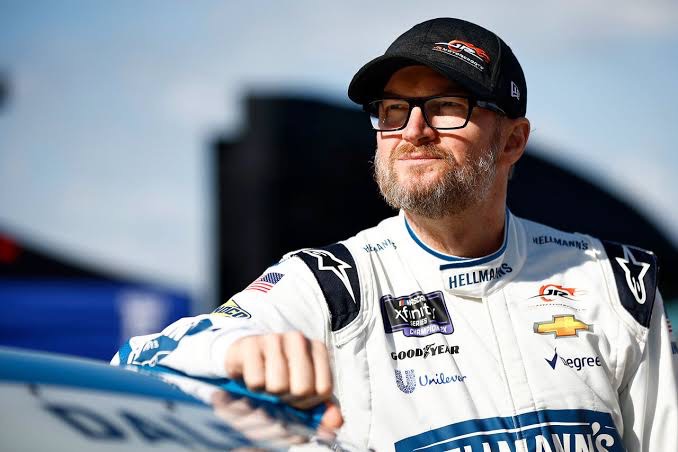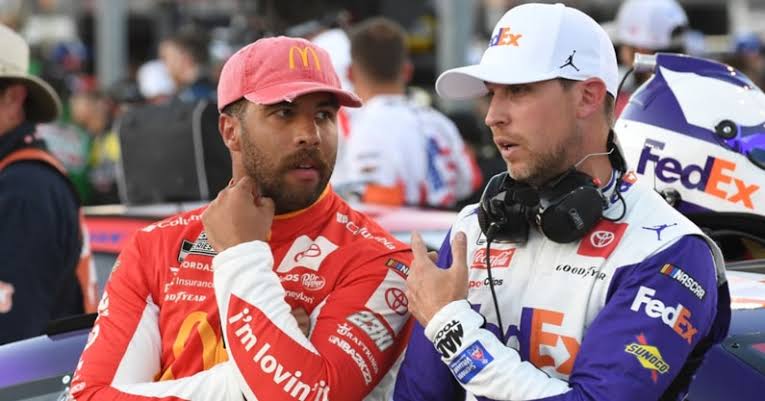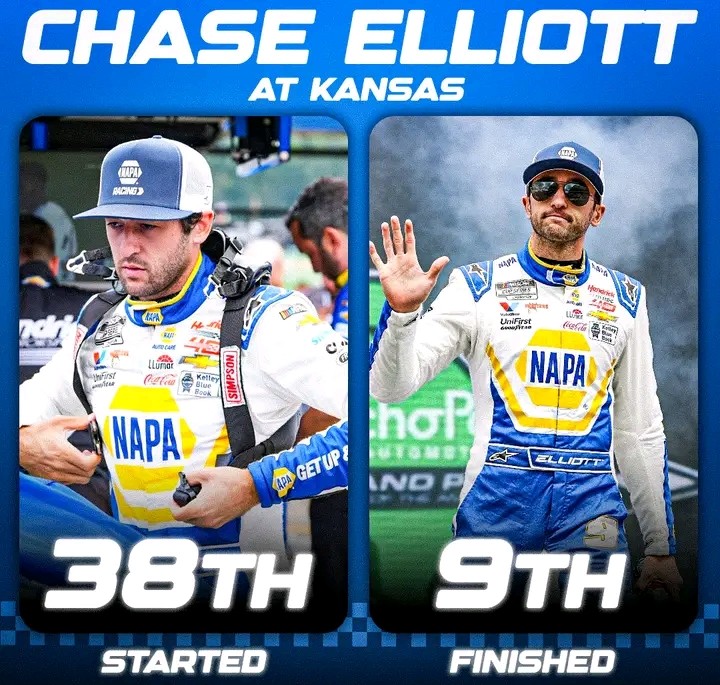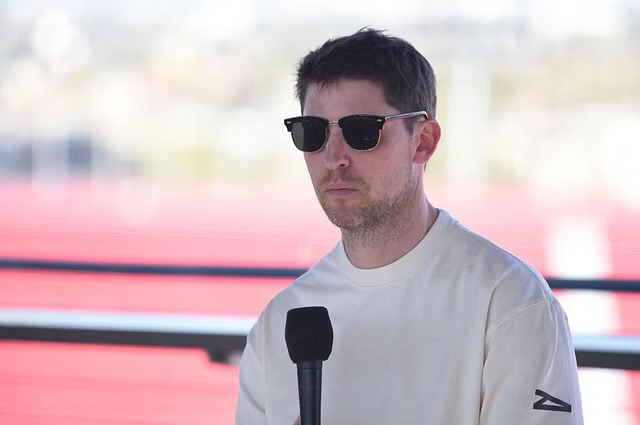Racing at Bristol Motor Speedway is no small feat. The high banks, short track, and relentless pressure make it one of the most intense venues on the NASCAR circuit. While it’s known for thrilling action and bumper-to-bumper battles, it’s also a track where communication between the driver and crew is crucial to success—and safety. Recently, Dale Earnhardt Jr. opened up about an alarming incident during a race at Bristol where malfunctioning radios left him in a state of fear, highlighting just how vital clear communication is in the heat of battle.
In an era where technology is integral to racing, losing communication with the pit crew can make a driver feel vulnerable and isolated. For Dale Jr., one of the sport’s most popular and respected drivers, experiencing this loss of contact was more than just a technical glitch; it was a moment of genuine concern for his safety and performance on one of NASCAR’s most challenging tracks.
### The Importance of Communication at Bristol
Bristol Motor Speedway is known for its fast, close-quarters racing. With an oval measuring just 0.533 miles and high-banked turns that allow for incredibly fast lap times, drivers at Bristol are constantly navigating through traffic while battling for position. In these conditions, communication with the crew chief and spotter is critical. A driver relies on their spotter to warn them of potential wrecks, check their blind spots, and guide them through traffic. The crew chief, on the other hand, provides strategic guidance, updates on tire wear, fuel levels, and other vital information.
When this communication breaks down, it becomes much harder for a driver to know what’s happening around them on the track. In Dale Earnhardt Jr.’s case, when his radio failed during a race at Bristol, it was not just an inconvenience—it was a frightening experience that put him at a disadvantage in one of the sport’s most chaotic environments.
### Dale Jr.’s Recollection: Fear and Frustration
In a recent interview, Dale Earnhardt Jr. revealed the details of this nerve-wracking incident, explaining how losing communication with his team left him feeling exposed and unsettled. “I was terrified,” Earnhardt Jr. admitted. “At Bristol, you depend so much on your spotter because things happen so fast. If you don’t know what’s coming, you’re basically flying blind.”
Without a functioning radio, Earnhardt Jr. was unable to hear his spotter warn him about potential dangers on the track, which is particularly concerning at a place like Bristol, where wrecks can happen in the blink of an eye. “You’re talking about a track where there are constant wrecks, tight racing, and no room for error,” he continued. “If someone wrecks ahead of you and you can’t hear your spotter, you might not even know until it’s too late.”
### The Danger of Silence in a Chaotic Environment
One of the main reasons Dale Jr. was afraid during the radio issues was because Bristol is notorious for multi-car wrecks and sudden incidents. When cars are racing so closely together, one small mistake can lead to massive pile-ups. The driver’s spotter is their eyes and ears, ensuring they avoid these situations and navigate the tight, ever-changing traffic.
Earnhardt Jr. went on to describe the disorienting experience of being in such a high-pressure race without his spotter’s guidance. “When the radio cut out, I was just out there by myself,” he explained. “I had no idea what was happening around me—whether someone was about to wreck, if I was clear to make a move, or if there was debris on the track. It’s like driving blindfolded at 130 miles an hour.”
This vulnerability is particularly magnified at Bristol, where the high banking and short straights mean drivers often have no more than a split second to react to situations. With spotters perched high above the track, they provide an essential perspective that drivers can’t get from inside their cars. Without this information, Earnhardt Jr. found himself racing on instinct alone, adding another layer of stress to an already intense environment.
### Fear for Safety, Not Just Performance
While the loss of radio communication affected his race strategy and performance, Earnhardt Jr. stressed that the biggest concern was his safety. “It’s dangerous enough out there with full communication,” he said. “But when you’re cut off from your spotter and crew, it feels like you’re hanging out in the wind. It’s scary.”
At a track like Bristol, where crashes can be severe and the margins for error are razor-thin, the absence of reliable communication can quickly turn into a life-threatening situation. The track’s confined space, along with its high-speed action, often leaves drivers with little room to escape danger. Earnhardt Jr.’s fear was not unwarranted; without his spotter’s voice in his ear, he was forced to trust his instincts and hope that he wouldn’t end up in the middle of a disaster.
### The Fallout and Lesson Learned
In the aftermath of the race, Dale Jr. and his team worked to diagnose the cause of the radio failure, ensuring that such an incident wouldn’t happen again. For Earnhardt Jr., this experience served as a reminder of just how dependent drivers are on their teams—not just for race strategy and performance but for their safety as well.
“People don’t realize how much communication is the key to everything we do out there,” he said. “When it’s gone, you feel powerless, and at a place like Bristol, that’s a scary feeling.”
Since the incident, NASCAR teams have continued to refine their communication systems to prevent such issues, but Dale Jr.’s experience is a powerful example of how something as simple as a radio failure can turn a race into a nerve-wracking ordeal.
### Conclusion: A Reminder of Racing’s Unseen Dangers
Dale Earnhardt Jr.’s harrowing experience at Bristol highlights an often overlooked aspect of NASCAR—just how reliant drivers are on their communication systems. In the heat of competition, something as small as a malfunctioning radio can make all the difference, transforming a race from an intense contest of speed and skill into a frightening test of survival.
For Dale Jr., this incident was a wake-up call, reminding him—and fans—of the unseen dangers that drivers face every time they get behind the wheel. While the thrill of racing at Bristol is undeniable, Dale Jr.’s story serves as a sobering reminder that, at its core, NASCAR is a high-stakes sport where even the smallest technical glitch can lead to serious consequences.




